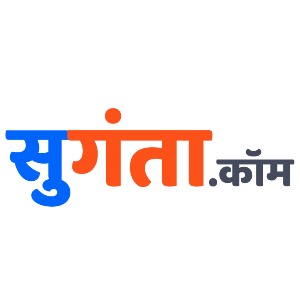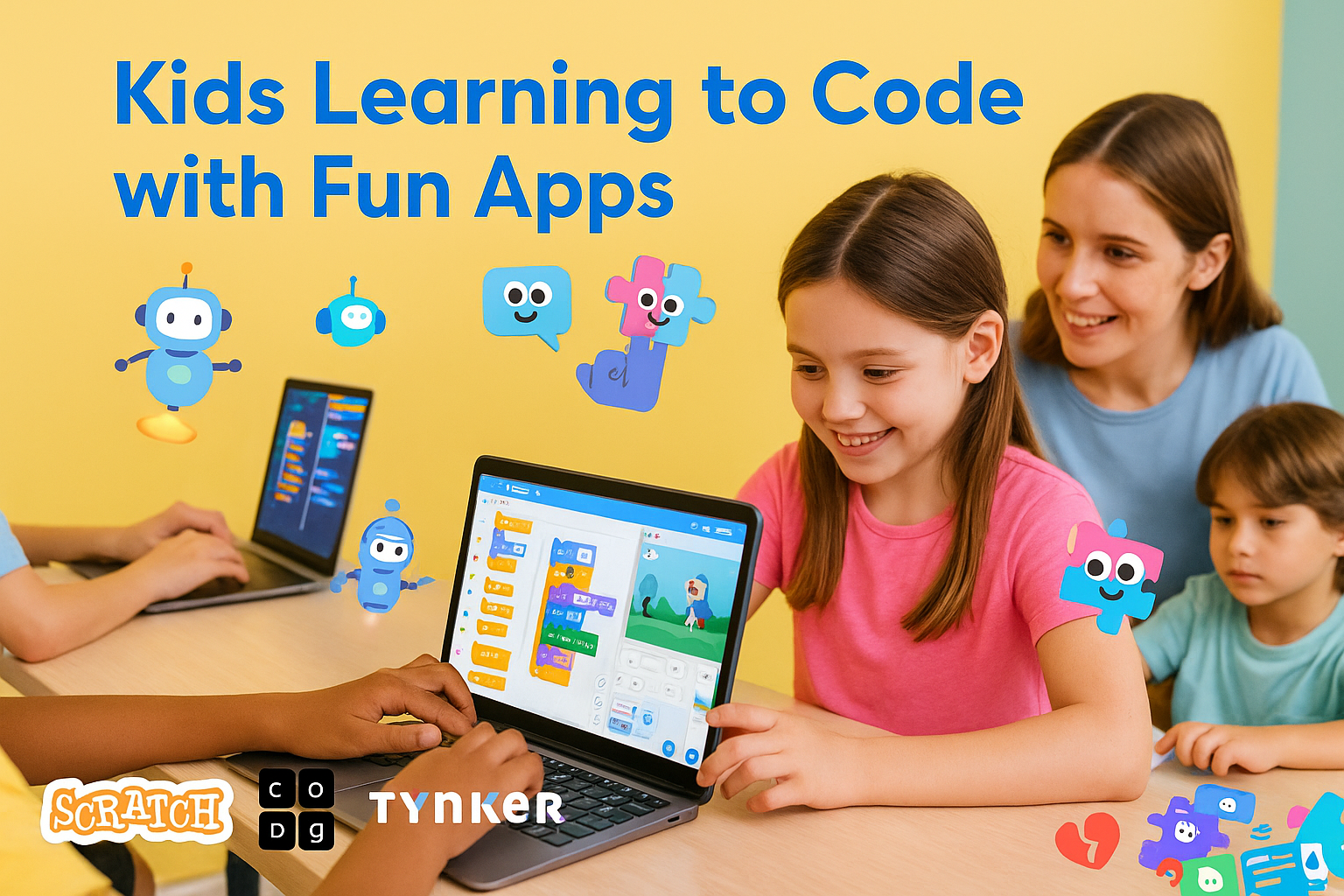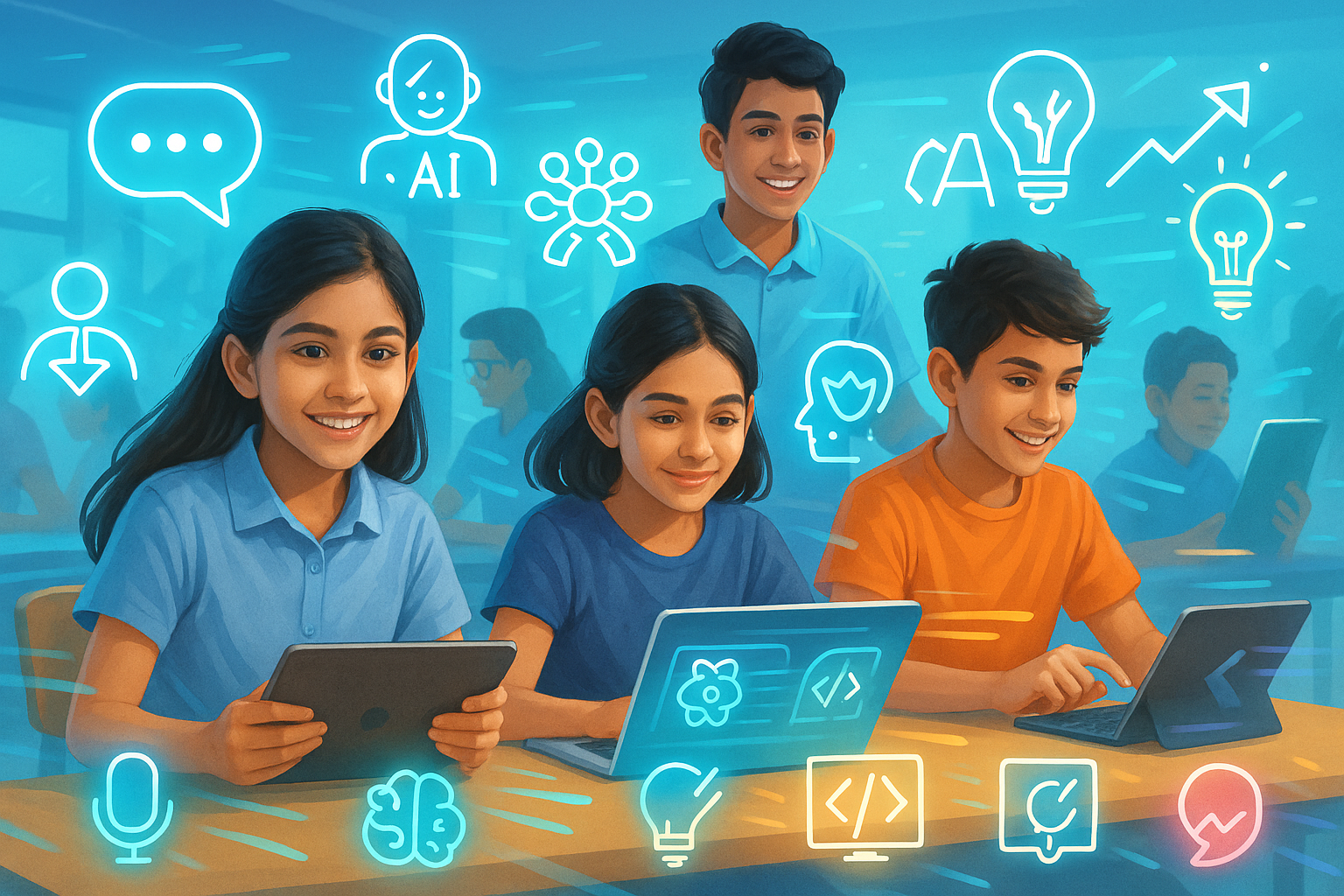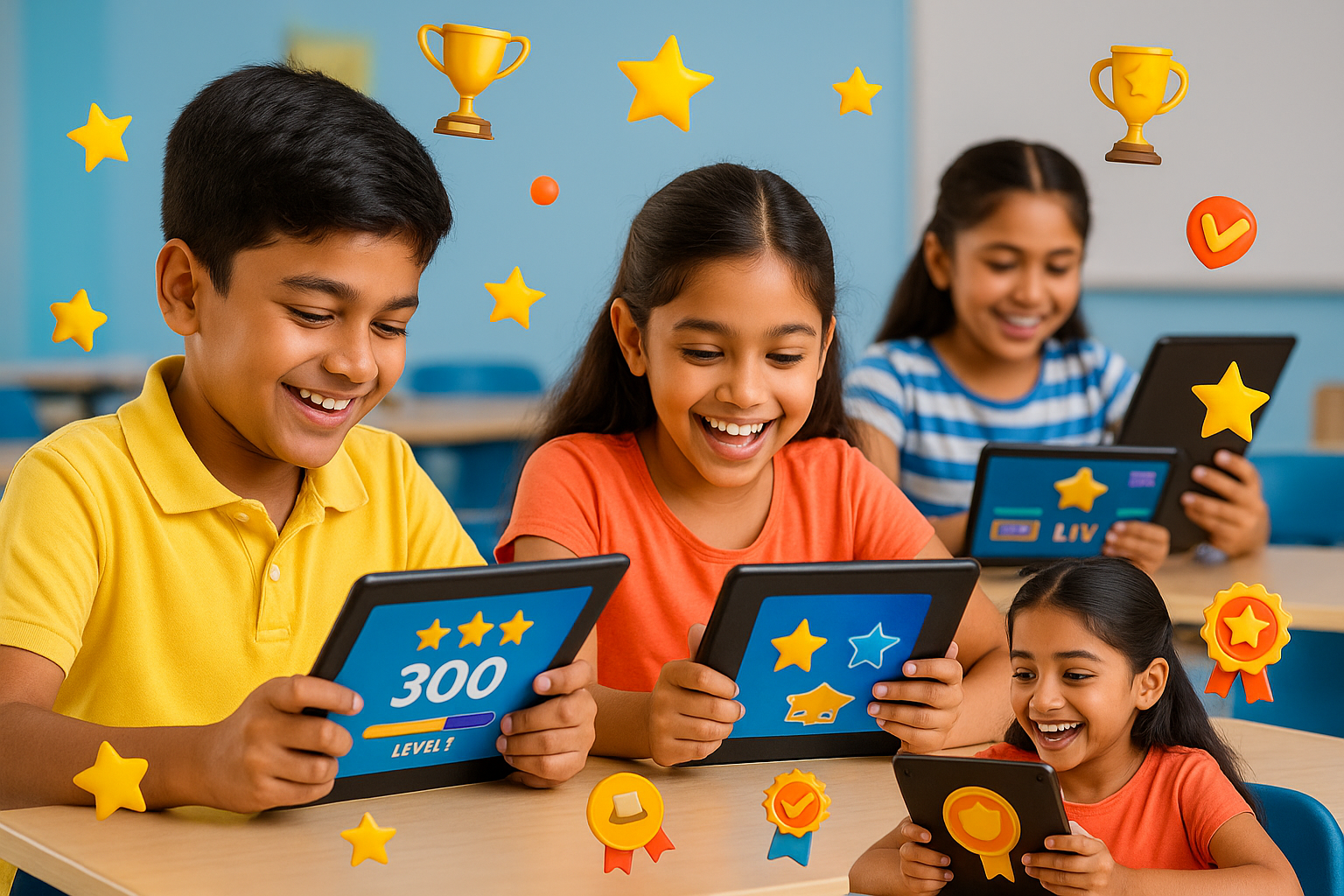Coding isn’t just for software engineers anymore—it’s quickly becoming a basic literacy skill, much like reading or math. In 2025, children are starting to learn coding as early as age 6, and it’s not just about typing lines of code. The best platforms teach logic, creativity, and real-world problem-solving through storytelling, games, and animation. But with so many apps and websites out there, how do parents pick the ones that actually teach—instead of just entertain?
This blog breaks down the top coding platforms designed especially for kids, what age they’re best suited for, and how they help children grow future-ready skills in a playful yet powerful way.
Why Kids Should Learn to Code Early
Teaching kids how to code is like teaching them how to think. It improves problem-solving, boosts logical thinking, and encourages persistence when tackling difficult challenges. Even if your child doesn’t want to become a programmer, coding nurtures skills they'll need in nearly every career—from design and robotics to business analytics and AI.
The best part? Coding today doesn’t look like boring black screens full of symbols. Instead, children can create animations, games, websites, and even control robots—all while picking up the logic behind real programming languages like Python, JavaScript, or Scratch.
What Makes a Good Coding Platform?
Not all coding apps are created equal. A good coding platform for kids should be age-appropriate, visually engaging, and allow children to build real, working projects—not just tap buttons. It should teach both how to code and why coding matters. The best platforms offer guidance, challenges, and feedback that adapts to the learner’s pace.
Ideally, they also offer parent or teacher dashboards so you can track progress and see what your child is learning—not just how long they’re on the app.
1. Scratch (Ages 7–14)
Scratch is one of the most popular platforms for beginners and is used in classrooms around the world. Developed by MIT, it lets children drag and drop coding blocks to create games, animations, and stories. There’s no typing required at the start, which makes it perfect for younger learners. Kids can build interactive projects while understanding core concepts like loops, conditionals, and variables—without even realizing they’re learning code!
2. Code.org (Ages 6–18)
Code.org offers structured lessons with famous characters from Minecraft, Frozen, and Star Wars—making it super engaging. It gradually transitions children from visual coding to actual languages like JavaScript and Python. The platform also supports schools with teacher-friendly tools, making it great for both classroom and home learning.
3. Tynker (Ages 5–16)
Tynker is a powerful coding app that offers everything from beginner block-based games to advanced real-world languages. It has a structured path: start with simple games, move to creating mobile apps or modding Minecraft, and then dive into Python, HTML, or JavaScript. Tynker also supports robotics and AI learning, which makes it perfect for future tech skills.
4. WhiteHat Jr (Ages 6–18, India-Focused)
Designed for one-on-one live instruction, WhiteHat Jr is a popular Indian platform where kids learn coding through personalized classes. Children build games, apps, and websites while learning logic and interface design. While it’s a paid service, it offers a structured curriculum with real mentorship—something many parents value.
5. Blockly (Ages 8–14)
From Google, Blockly is like Scratch’s older cousin. It combines block-based coding with real JavaScript under the hood. Kids can see how blocks translate to actual code—making it a great stepping stone toward more advanced programming. It’s also open-source and can be embedded into other apps and games for learning.
6. Minecraft Education Edition (Ages 8+)
This version of the popular game allows students to learn coding, chemistry, and even history inside Minecraft. With Code Builder, kids write code to control characters, build structures, and solve problems inside the game. It’s a smart way to blend creativity with logic and STEM skills—and teachers love using it too.
7. Grasshopper (Ages 10–18)
Built by Google for beginners, Grasshopper teaches JavaScript through small, fun puzzles that kids can solve on their phones. While more suitable for older kids or teens, it’s a sleek and effective way to get introduced to text-based coding without needing a laptop.
What Parents Can Do to Support Coding at Home
You don’t need to be a tech expert to support your child’s coding journey. Ask them what they’re building, let them explain their project logic, and encourage creativity. Set time aside for coding during weekends or after school just like you would for reading or music practice.
If your child loves storytelling, suggest a platform where they can animate their stories. If they enjoy puzzles, pick apps with logic-based games. And most importantly, celebrate effort, not just finished products. Coding involves trial and error, and every bug is a learning opportunity.
Final Thoughts:
Coding is no longer an optional skill—it’s a future foundation. And thanks to these child-friendly platforms, kids can learn it in ways that feel like play, not pressure. Whether your child wants to design a game, build a robot, or simply learn how apps work, these tools offer a fantastic head start. At SuGanta, we believe in blending fun with purpose—and coding is a perfect example of how the two can come together to prepare your child for the world ahead.









